The Pacific Ocean’s Clarion-Clipperton Zone (CCZ) is a vast area at threat from deep-ocean mining – and of the 5,000-plus animal species discovered there to date, with as many as 3,000 more reckoned still to be found, more than 90% of these have just been declared as new to science.
A spurt in taxonomic surveys of the CCZ in recent years has allowed researchers from the UK’s National Oceanography Centre (NOC) and Natural History Museum (NHM) to create an inventory of the zone’s life-forms, and they say this will prove vital to future assessments of environmental impact from mining.
The deep, muddy abyssal plain, which has an average depth of around 5km, is regarded as one of the world’s most remote and pristine environments. It is scattered with nodules of polymetallic minerals such as iron and manganese hydroxides, which are set to become increasingly valuable as green technology demand grows.
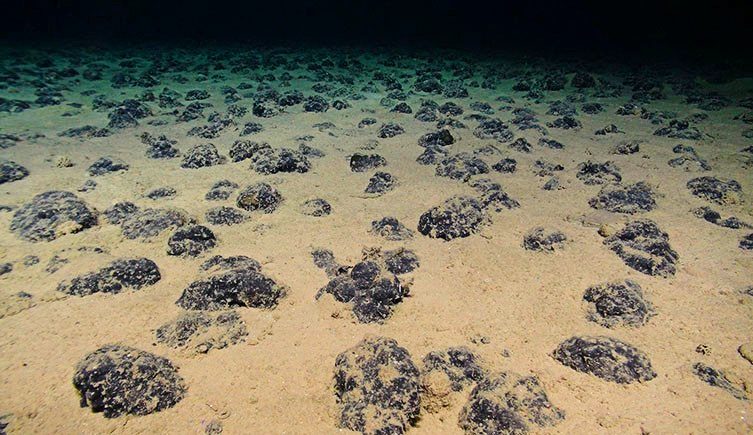
The CCZ lies between Hawaii and Mexico and is about as wide as the continental USA, covering some 6 million sq km. Seventeen contracts for mineral exploration covering a fifth of that area have already been signed.
Initial mineral exploration began in the 1960s, at a time when there was little awareness of what has now been revealed as the zone’s biodiversity.
“The records of these animals come primarily from deep-sea research expeditions, such as our recent SMARTEX expedition to the CCZ,” says co-author of the new study Dr Daniel Jones of the NOC. SMARTEX (Seabed Mining And Resilience To EXperimental impact) is the name of the centre’s evidence-based project to reduce risks from mining.
“In these rare opportunities to visit the remote CCZ, we catch a glimpse of the diversity of life in this vast environment, for example using robotic submarines to photograph, study and collect some of the fascinating animals,” says Dr Jones.

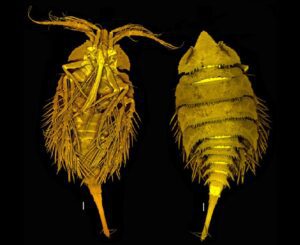
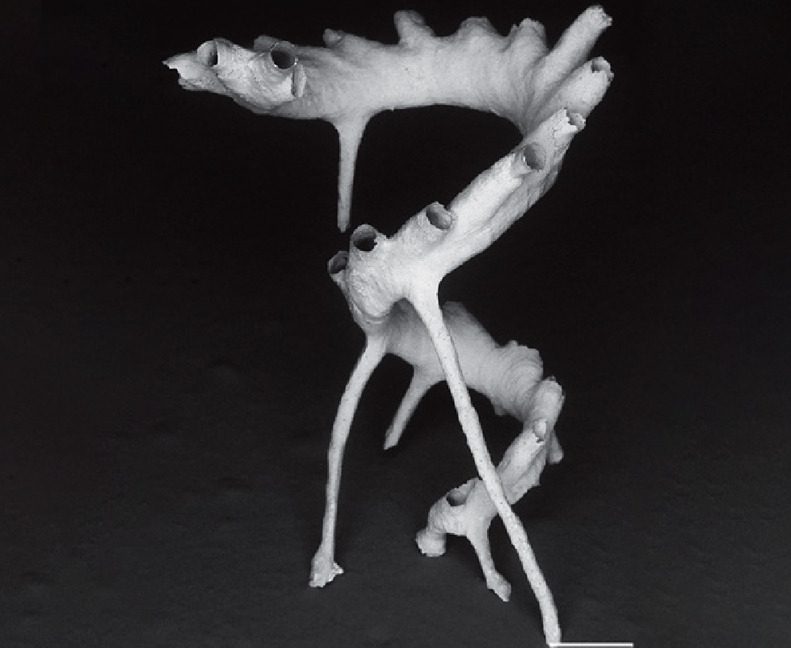
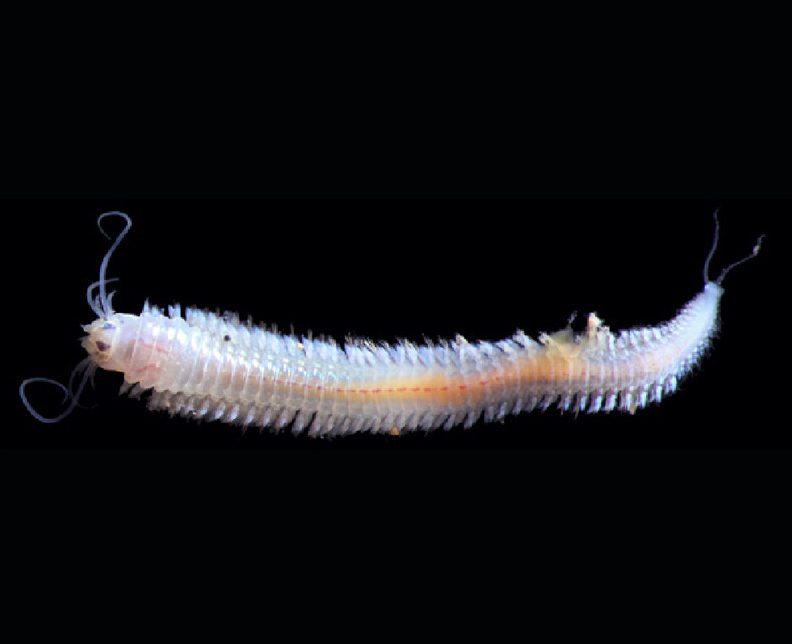
Data from such expeditions makes up some of the 100,000 records that the team has now been able to analyse, with the majority of species having been described in the most recent years. Compiling the checklist resulted in 27 phyla, 49 classes, 163 orders, 501 families and 1,119 genera.
The team recorded 185 species and only six of these, the sea cucumbers, had been recorded elsewhere in the world. Most were arthropods such as shrimp or crabs, and annelids and nematoda groups, including various worms.
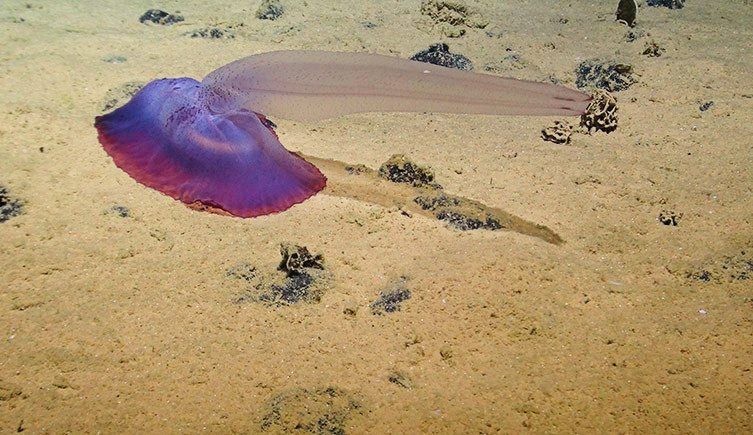
How mining reports help
The NOC says that the recent sharp increase in available biological data is partly attributable to the mining companies themselves – the International Seabed Authority (ISA) having ensured that, as part of potential seabed exploration, they were obliged to collect environmental data. This is shared publicly through ISA’s DeepData platform.
“DeepData is one of the tools that has significantly increased our knowledge of the CCZ, but we would still predict there are 6,000-8,000 more unknown animal species, meaning around 90% of species in the CCZ are not known to science,” says Muriel Rabone of the NHM.
Although the percentage of undescribed species in the zone is similar to that for all the world’s oceans, she says that “the potential for mineral extraction in this area means we should strive for a better understanding of the life it holds.

“In a way I am surprised about how little we actually know,” says Rabone. “We have been visiting the CCZ since the 1960s, and it is actually the best-known abyssal region, yet we still know only 10% of species level diversity.
“And that is just the tip of the iceberg. Because that doesn’t tell us what the ecosystem functioning is; it doesn’t tell us what the connectivity is.” The least-sampled CCZ sites are said to be rocky outcrops that have been shown to host unique and diverse communities.
The study is part of a UN Ocean Decade Action Project and the team’s paper is published in Current Biology.
Also on Divernet: Deep jelly named – no sample required, Robot snailfish – and Emperor dumbo
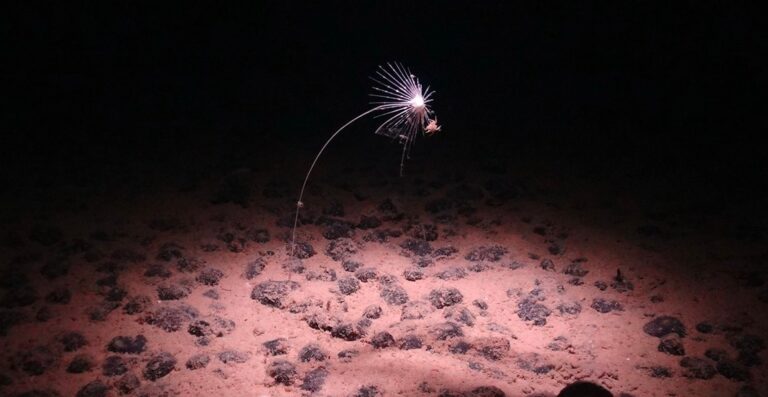

How is it possible tobe planning minining in such a pristine location especially as Clarion is part of the Revillagigedo National Marine Park!!